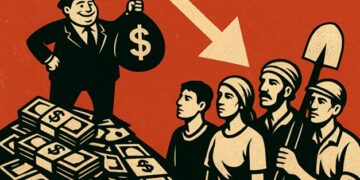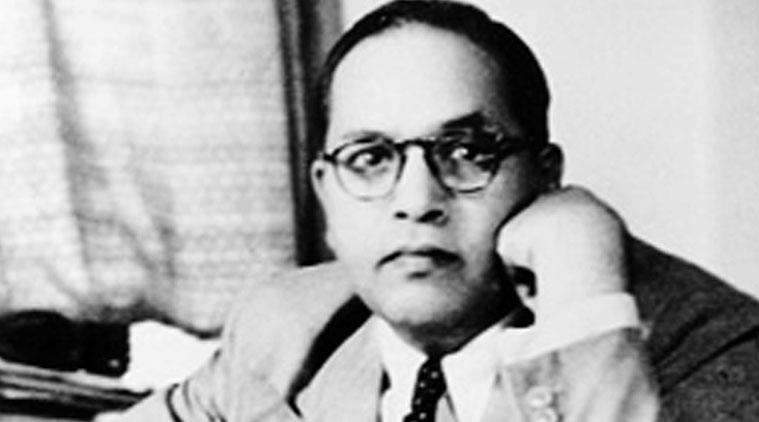Kashmir is often celebrated for its breathtaking beauty, rich culture, and centuries-old crafts. From the delicate artistry of carpet weaving to the backbreaking toil of farming, traditional occupations continue to define the lives of thousands across the Valley. These professions not only sustain families and preserve cultural heritage but also shape the physical health of those involved.
However, behind the beauty of a hand-knotted carpet or the bounty of a harvested field lies a silent and growing problem: musculoskeletal disorders (MSDs). These conditions—affecting the back, neck, shoulders, and joints—are an unseen burden on the very workers who form the backbone of Kashmir’s economy and cultural identity.
“Our heritage is woven with threads of art — and threads of silent suffering.”
Weaving Dreams, Weaving Pain
Carpet weaving, one of Kashmir’s most renowned crafts, is both a source of pride and an occupational hazard. The process demands long hours of sitting in fixed positions, often cross-legged, while bending forward to knot intricate designs.
- Common problems:
– Chronic low back pain from prolonged sitting.
– Neck and shoulder stiffness due to sustained forward posture.
– Carpal tunnel syndrome and finger joint pain from repetitive hand movements.
– Eye strain, compounded by poor lighting in traditional workshops.
Many artisans begin weaving at a young age, and over decades, their bodies bear the cumulative toll. A weaver’s artistry may appear effortless, but the reality is an invisible struggle against pain, stiffness, and reduced mobility.
“Behind every knot of a Kashmiri carpet lies a knot of pain in the weaver’s spine.”
Farming: Strength in the Fields, Strain on the Body
Agriculture remains the lifeline of rural Kashmir, employing a significant share of the population. Yet, farming is among the most physically demanding professions. Ploughing, sowing, harvesting, and carrying heavy loads are done largely by hand, often without modern ergonomic tools.
Common problems:
– Knee pain and early-onset osteoarthritis due to frequent squatting.
– Back pain from bending and lifting heavy loads without proper technique.
– Shoulder and elbow pain from repetitive use of tools.
– Hip and ankle strain, especially in hilly terrains.
In winter, when farming slows down, the cold climate further worsens joint stiffness and pain. Unlike urban office workers who may seek medical attention, farmers often dismiss these aches as “part of life,” delaying treatment until disability sets in.
The Invisible Burden on Women
Women form a significant part of Kashmir’s workforce in both weaving and farming. In addition to household chores, they spend hours weaving pashmina shawls or assisting in fields. Double workloads expose them to chronic fatigue, spinal problems, and hand-wrist disorders.
Cultural modesty often prevents women from voicing health complaints or accessing physiotherapy services. The result is an intergenerational cycle of untreated musculoskeletal issues.
“The fields feed us, the carpets grace our homes — but who will heal the hands and backs that create them?”
Physiotherapy: An Underutilized Ally
Musculoskeletal problems, though common, are not irreversible. With awareness and timely intervention, physiotherapy offers hope for artisans and farmers.
- Postural correction exercises can reduce strain for weavers.
- Stretching routines break the cycle of stiffness caused by static positions.
- Strength training helps farmers protect their joints from overuse.
- Manual therapy and mobilization restore mobility in stiff joints.
- Ergonomic training—teaching proper lifting techniques or suggesting modified weaving postures—can prevent future injuries.
Community-based physiotherapy camps in rural areas could make a transformative difference. By bringing therapy to villages and workshops, instead of expecting workers to travel long distances to hospitals, healthcare professionals can address problems before they become disabling.
A Call for Ergonomic Innovation
While physiotherapy addresses the health impact, prevention requires systemic change. Introducing ergonomically designed weaving looms that allow better posture, or lightweight agricultural tools that reduce repetitive strain, could save countless workers from chronic pain.
Local universities and technical institutes can collaborate with artisans and farmers to design low-cost, culturally acceptable solutions. A simple adjustable chair, a supportive cushion, or a tool with a longer handle could spare years of suffering.
Policy and Awareness
The government and NGOs have a role to play in safeguarding the health of traditional workers.
- Awareness campaigns on posture, joint care, and exercise can be run in local languages through radio, TV, and community centers.
- Healthcare outreach programs should include physiotherapists in rural health missions.
- Insurance schemes must recognize musculoskeletal disorders as occupational hazards and provide coverage.
By investing in the health of artisans and farmers, policymakers also protect Kashmir’s economy and culture. After all, a craft cannot survive if its craftsmen are crippled by pain.
Voices from the Valley
A 52-year-old weaver from Budgam recalls: “I started weaving carpets when I was 15. Today my fingers are bent, and my back doesn’t let me sleep. But what else can I do? This is my bread and butter.”
Similarly, a farmer in Pulwama says: “During harvest season, my knees swell so much that I can barely walk. Still, I have to work. Pain is my companion.”
These stories are not isolated—they represent thousands who silently endure suffering while producing beauty and sustenance for society.
Towards a Healthier Tomorrow
Kashmir’s cultural legacy is inseparable from its artisans and farmers. Protecting their health is not just a medical necessity but a moral and cultural duty. Physiotherapy, combined with ergonomic innovation and policy support, can bring relief to those who keep the Valley’s heritage alive.
As we admire the intricate beauty of a Kashmiri carpet or enjoy the fruits of a farmer’s harvest, let us also recognize the human effort behind them. Their artistry and labor should not come at the cost of their health.
In the long run, a healthier workforce means a stronger Kashmir—physically, economically, and culturally
“To preserve Kashmir’s art and agriculture, we must first preserve the health of its artisans and farmers.”
The writer is a Physical Therapist and Educator
parsamusawir@gmail.com






